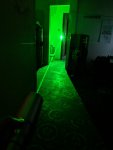- Joined
- May 12, 2017
- Messages
- 961
- Points
- 93
Hi LPF,this is my first with 6x cylinder pair lens,thank you CDBeam ,he share to me 2 pair,
I use NDG7475 with g2 lens and driver from xwosse ,i set at 2,2A
Now, I have created a divergence small enough to enter space,




the divergence is 0,13 mrad,i will make a 10x beam expander to dow divergence
Here í some pics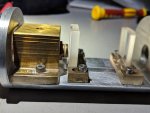
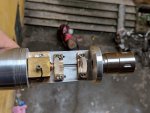
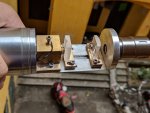
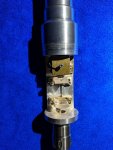
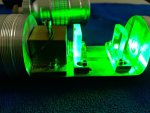
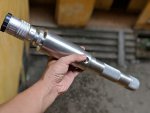
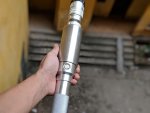
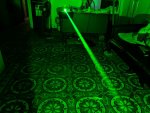
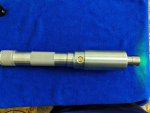
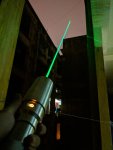
I use NDG7475 with g2 lens and driver from xwosse ,i set at 2,2A
Now, I have created a divergence small enough to enter space,
the divergence is 0,13 mrad,i will make a 10x beam expander to dow divergence
Here í some pics














